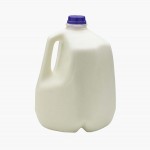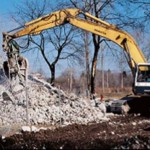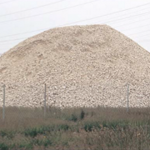Recycled Roofing Shingles

Pavement Recycling

We’re #1 in Recycling
 For the tenth year in a row, Asphalt pavement is the most recycled material in America! Nearly 100 million tons of Recycled Asphalt Pavement (RAP) is re-used in the U.S. every year. RAP has been used widely for more than 30 years and now makes up about 12 percent of the volume of the asphalt mixtures produced in the U.S.
For the tenth year in a row, Asphalt pavement is the most recycled material in America! Nearly 100 million tons of Recycled Asphalt Pavement (RAP) is re-used in the U.S. every year. RAP has been used widely for more than 30 years and now makes up about 12 percent of the volume of the asphalt mixtures produced in the U.S.
Asphalt pavements are also the most recycled material in the rest of the world.
What’s our secret?
Asphalt pavements are comprised of layers or “lifts” of asphalt concrete, a combination of graded aggregate and sand, typically 94 to 96 percent, bound together by asphalt cement (better known as asphalt binder). Asphalt cement/binder is a most unique material; a solid “glue” or cement at room temperature, it becomes an oil-like lubricant when heated allowing the asphalt paving industry to coat aggregate particles while they are hot, then place and compact into pavement layers before it cools and glues all the particles together.
Here’s what separates asphalt from all the rest
 Unlike Portland cement which chemically changes when mixed with water (think of two-part epoxy), asphalt cement/binder’s properties change from solid to liquid to solid again as a function of temperature. This is a physical change in properties, no chemical change takes place. Therefore, asphalt pavements and mixes can be removed at the end of their long service lives, reprocessed, heated again and turned back into new asphalt pavement.
Unlike Portland cement which chemically changes when mixed with water (think of two-part epoxy), asphalt cement/binder’s properties change from solid to liquid to solid again as a function of temperature. This is a physical change in properties, no chemical change takes place. Therefore, asphalt pavements and mixes can be removed at the end of their long service lives, reprocessed, heated again and turned back into new asphalt pavement.
100 percent of the aggregate and asphalt binder is recovered and reused as aggregate and asphalt binder!
Old asphalt pavements and mixes are not the only materials that can be recycled into asphalt mixes. Asphalt shingles, whether manufacturers’ waste or post-consumer shingles from asphalt shingle roof that been removed are high in asphalt cement/binder content. Shingles are easily processed and, like with recycling old asphalt mixes, the asphalt cement/binder is 100% recovered and reused in new asphalt concrete mixes.
Asphalt pavements can also be recycled by cold process, either in-place or by cold central plant recycling. As with hot mix recycling, ALL asphalt cement/binder and aggregates are fully recovered and recycled back into new asphalt pavement layers.
Other materials besides old asphalt pavements and roofing shingles are also recycled into asphalt concrete. These include ground tire rubber as a substitute for expensive polymers; crushed, processed post-consumer glass as a fine aggregate substitute; and even crushed Portland cement concrete. Now that’s true recycling!
These are not:
 |  |  |  |
Despite their claim of “100% recyclable”, Concrete’s only recycling value is as a poor quality aggregate. In fact, crushed concrete cannot be used in new Portland cement concrete! And, unlike asphalt cement/binder where 100% is recoverable AS ASPHALT CEMENT/BINDER, every cubic yard of concrete must have all new Portland cement!


